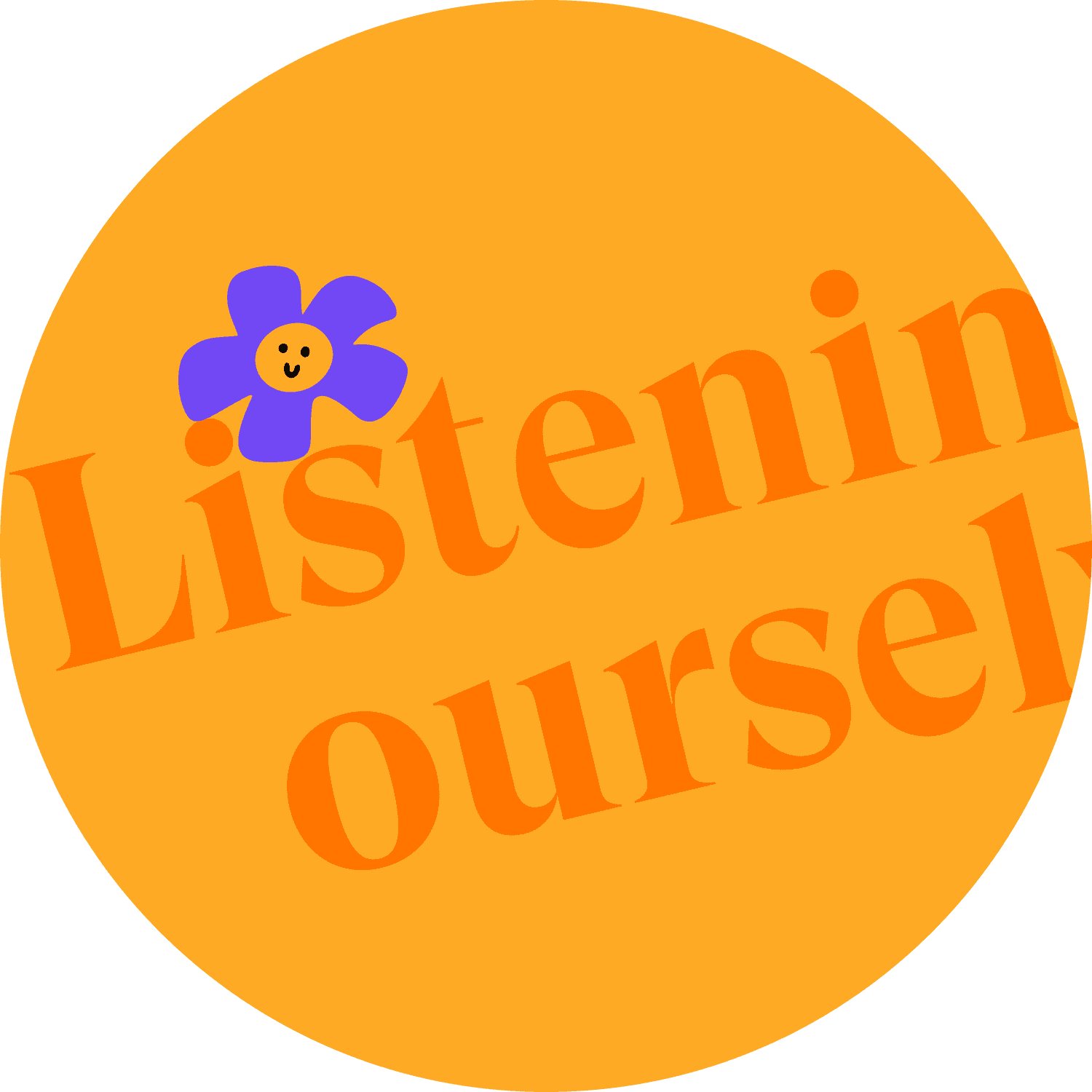
What is Sustainable Housing? Materials, Designs & Systems
Shelter – a home – is something we all need, a basic right. But how can we put an affordable roof over our heads, without it costing the earth? How can we build housing that benefits not just current generations, but the generations to come? Sustainable housing seeks to answer these questions.
But architects, designers and builders all bring very different approaches to the topic – which can make it tricky for the average house-buyer to understand how to make the greenest and most ethical choices.
But before we even get into examining the competing materials, designs and systems, we first need to ask ourselves a couple of questions:
New build sustainable housing renovation?
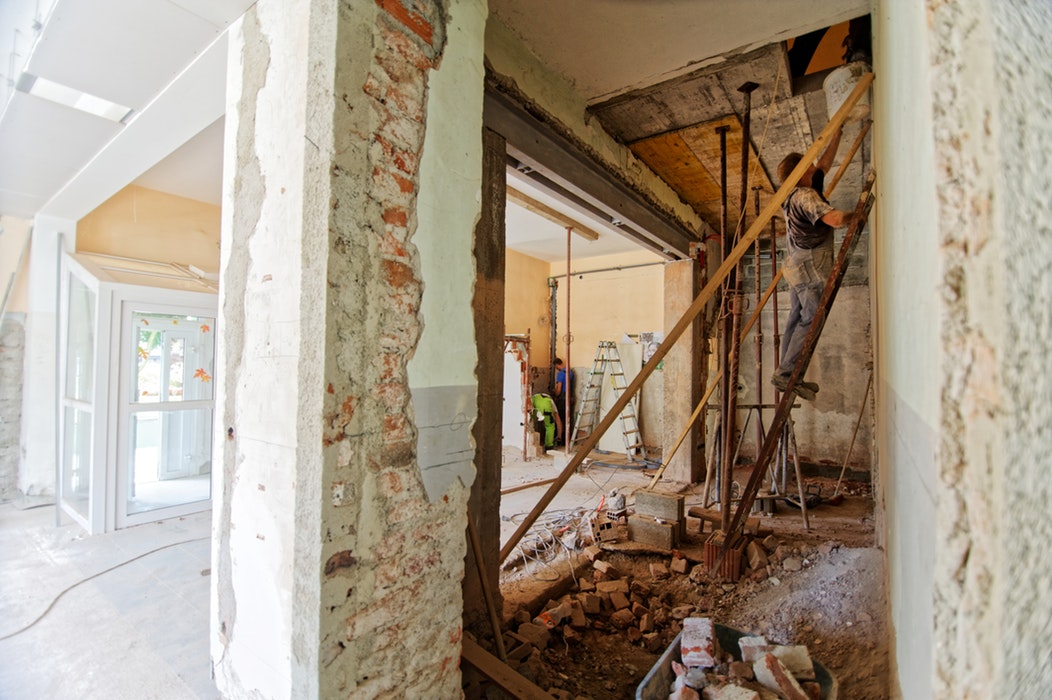
Photo by Milivoj Kuhar
When most people think of sustainable housing, they think about the innovative new builds they see on Grand Designs. But the most sustainable option isn’t always building from scratch – sometimes, the greenest thing to do is to work with what’s already there.
Some of the most sustainable housing projects involve retrofitting older homes with modern sustainable additions, or re-purposing old agricultural or industrial buildings for use as domestic homes. This not only requires fewer manufacturing materials, but also makes great use of materials that might otherwise have ended up in landfill.
It’s also worth considering the land use involved in building new homes. Making better use of brownfield sites and disused buildings can help to preserve natural environments. Sustainable renovation might not be for everyone, but before embarking on an ambitious eco build, it could be something to consider.
Co-living or going it alone?
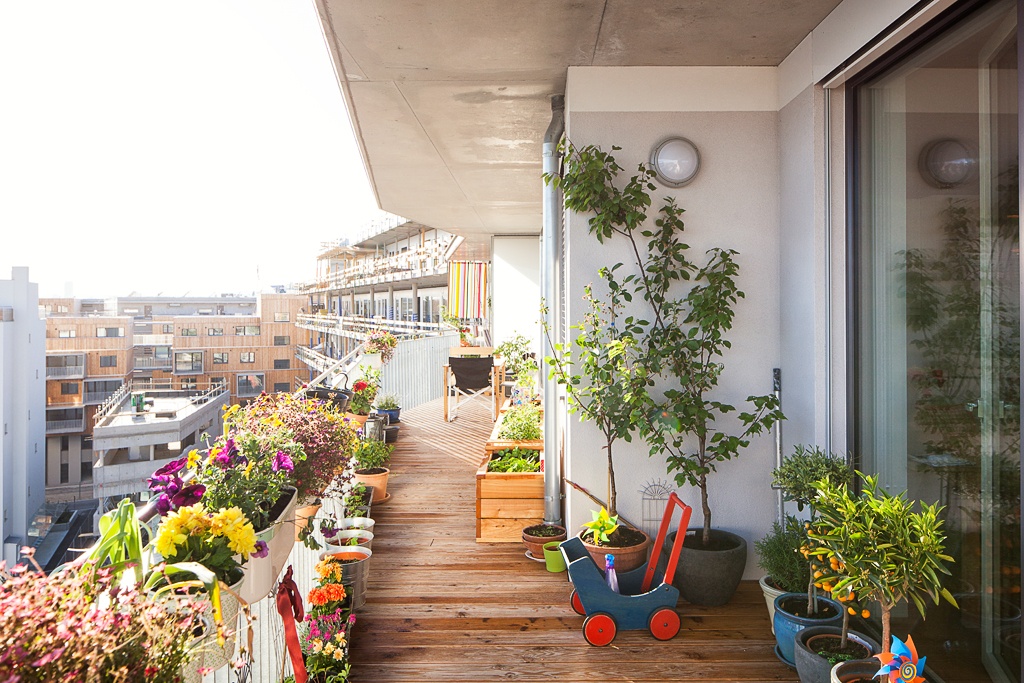
Photo by Markus Kaiser
Another important issue is whether to go down the route of an independent self-build, or to co-operate and collaborate.
For many people, co-housing conjures up images of hippie communes – but it can be an option even for those who aren’t granola-eating sandal wearers! Even if you don’t want to live in other people’s pockets, co-housing could be for you.
Nowadays, co-housing doesn’t have to involve living in an entirely communal way. It’s possible to find co-housing schemes where individuals and families live semi-independently, with their own personal space – while still benefiting from coming together.
Many of us would like to live more sustainably, but feel money is a big impediment to living a fully eco-friendly, ethical and sustainable life. Co-housing can be a solution to this problem, as everyone contributes to running the community. Costs of fuel, food and other basics are lessened as you work together on making an eco-friendly and self-reliant place to live.
What are the most sustainable housing materials?
So, you’ve chewed over these questions and decided to go ahead with a new build – but of all the building materials in the world, which should you use?! There are a few different schools of thought on which materials are best for green construction.
Sustainable housing materials
Timber
Sourced correctly, wood can be one of the most sustainable building materials, and it’s extremely popular in sustainable housing circles. Wood is, of course, a renewable material and as trees capture carbon over the course of their lifetimes wood can be better than carbon neutral when its entire life-cycle is taken into account.
Straw bale
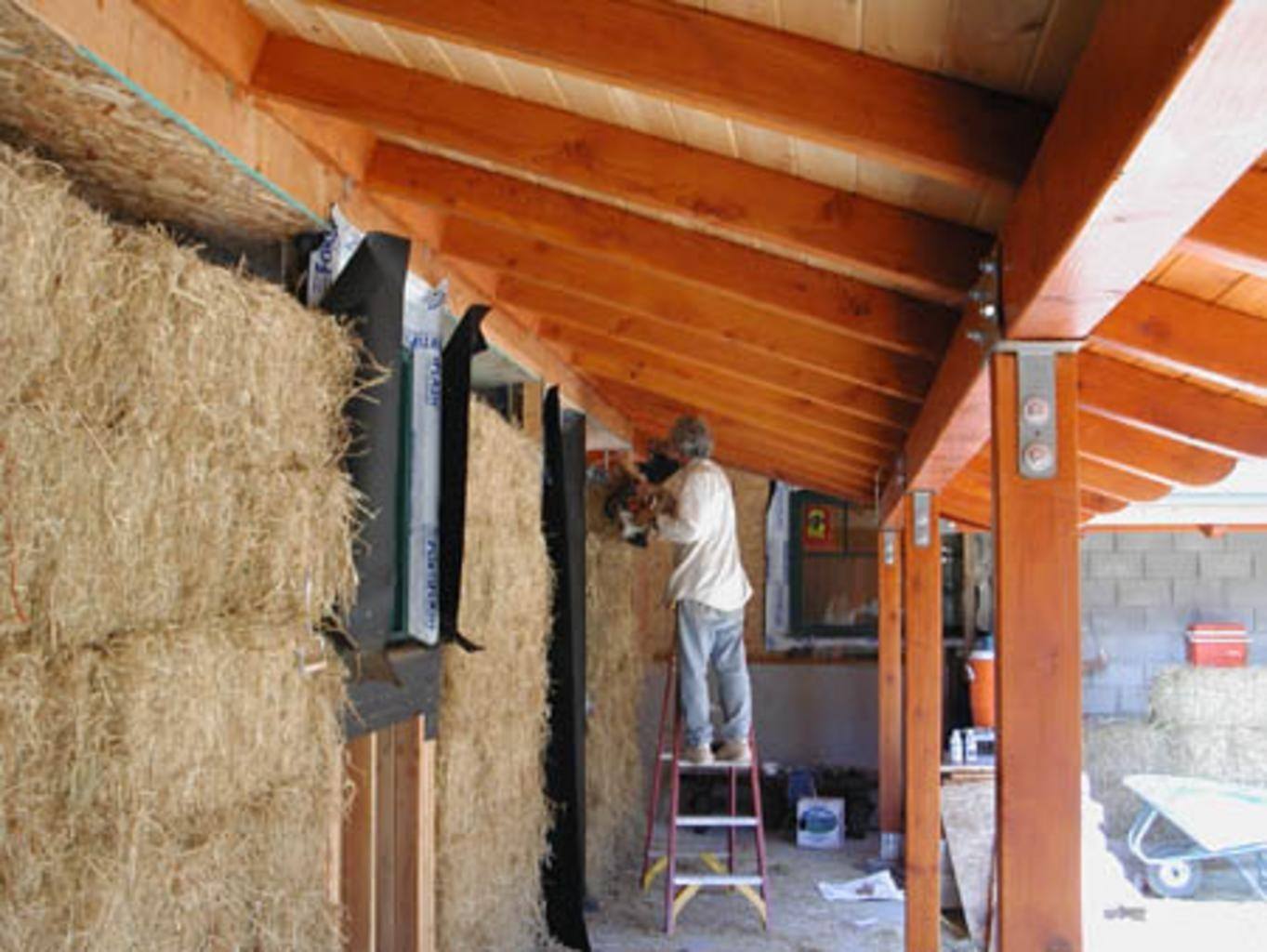
Straw bale building has been refined quite a bit since the three little pigs built their house – modern eco-builds that use this material are in no danger from the efforts of any huffing, puffing wolves (or any other forces, for that matter!). Straw bale houses are strong, safe, affordable and great for the environment.
Straw bale buildings can also be better than carbon neutral over the course of their lifetime, and when they’ve reached the end of their lives, can be removed to leave no waste and no blot on the landscape. Especially in areas where straw is produced naturally as a by-product of agricultural crops, straw could be a great option for sustainable construction.
But how on earth do you build a solid structure out of straw? Well, in a traditional wood-framed house, straw bales can be used as insulation or wall-infill, stacked up together like large bricks to form a bale wall. They can also be used in a load-bearing capacity, in which case they’re usually staked with wood and then tightened down with tension straps. A wooden structure spreads the load of the roof evenly around the bale walls.
In either case, the bale wall is then clad, internally and externally. Commonly, the outside of the walls are covered in either lime or clay render, and the inside is given a thick coat of clay. These materials keep the bales completely dry, which is essential for the integrity of the walls. Clay also improves the thermal mass of the structure.
Cob (adobe)
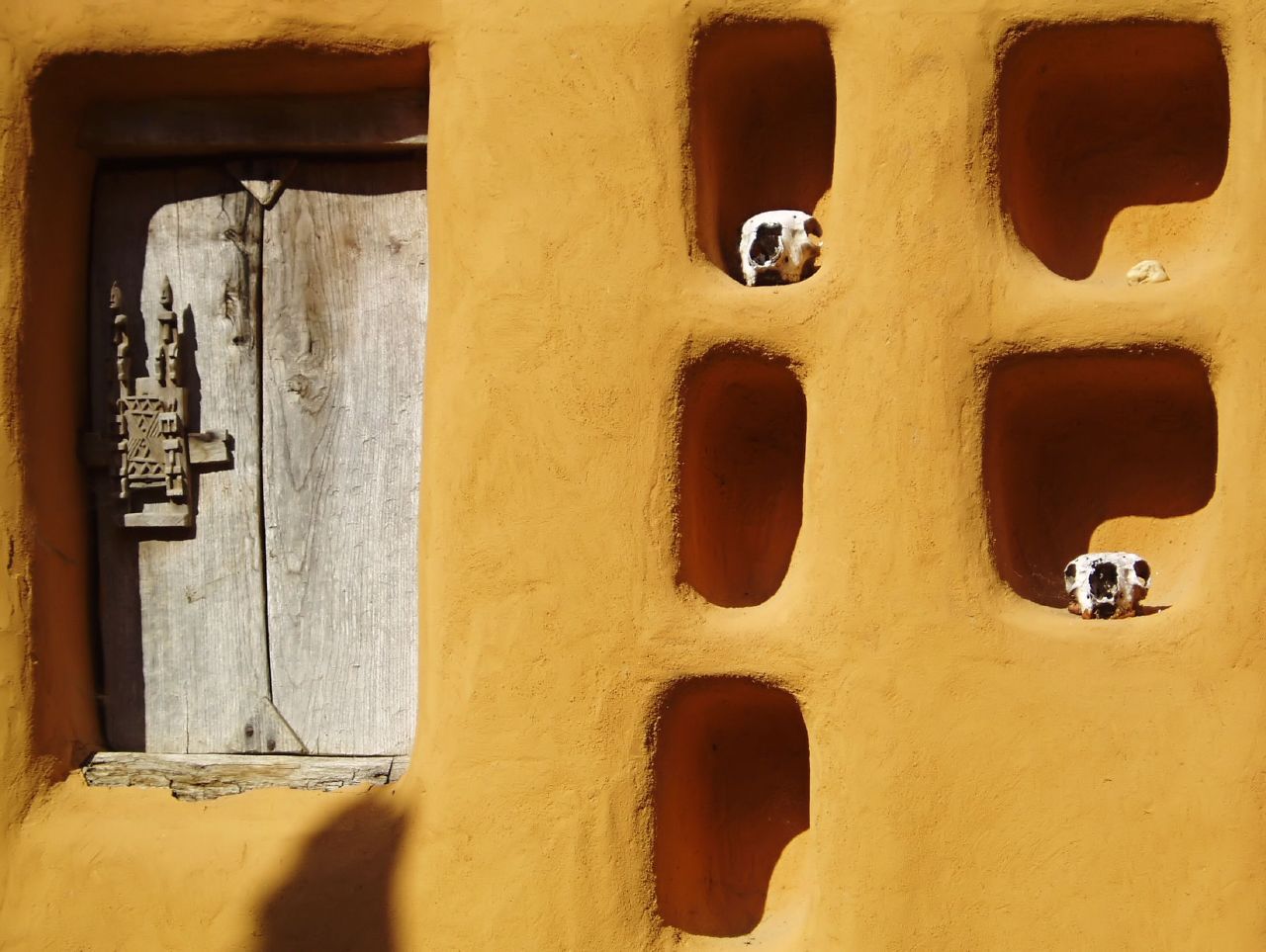
Photo by Josef Steufer
Cob, known as adobe in other parts of the world, is a mix of clay-based soil, water and straw, sometimes tempered with sand or crushed flint. The construction process is simple but labour intensive, mostly undertaken by hand. Cob, like straw bales, can be used for load-bearing walls, as an alternative to more energy intensive and polluting materials, or to provide insulation within a supporting framework structure.
One of the wonderful things about cob is that it can be used to create walls of any shape – so cob construction can be incredibly creative! It’s also cheap and truly sustainable, using abundant and local resources that are natural and won’t pose a problem for disposal later on. And like straw, it makes it easier to regulate temperature within the structure, creating a low-energy use home.
But sometimes, the carbon cost and other environmental impacts of the materials involved are secondary to concerns over how a property will perform over its lifetime – which makes the design of the house is also extremely important.
Sustainable housing designs
Earthships
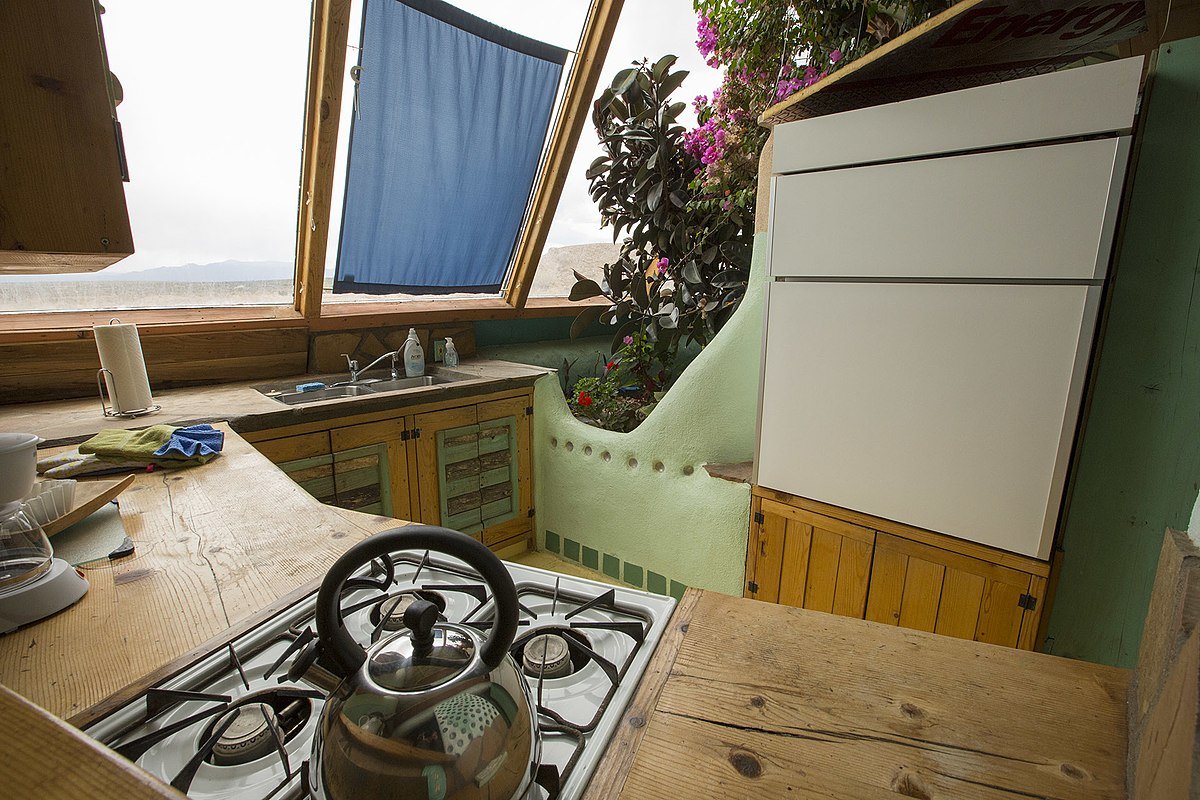
Image credits: Kyle Greenberg
Earthships are a type of sustainable housing that stay at a comfortable temperature all year round – and they’re built entirely from recycled and natural materials. The walls are built simply, often largely constructed of car tyres rammed full with earth. Plastic and glass bottles are often incorporated in the walls, which can also contain all sorts of household rubbish.
All of the house’s electrical needs can be provided for by solar panels and/or wind turbines. Space heating or cooling needs are reduced by design maximising passive solar gain, clever shading and ventilation.
Earthships also cleverly reduce water consumption by recycling grey water throughout a system which involves growing crops. Toilet waste is treated naturally, usually in a reed bed system, and a greenhouse-like growing space is usually also incorporated.
Tiny houses
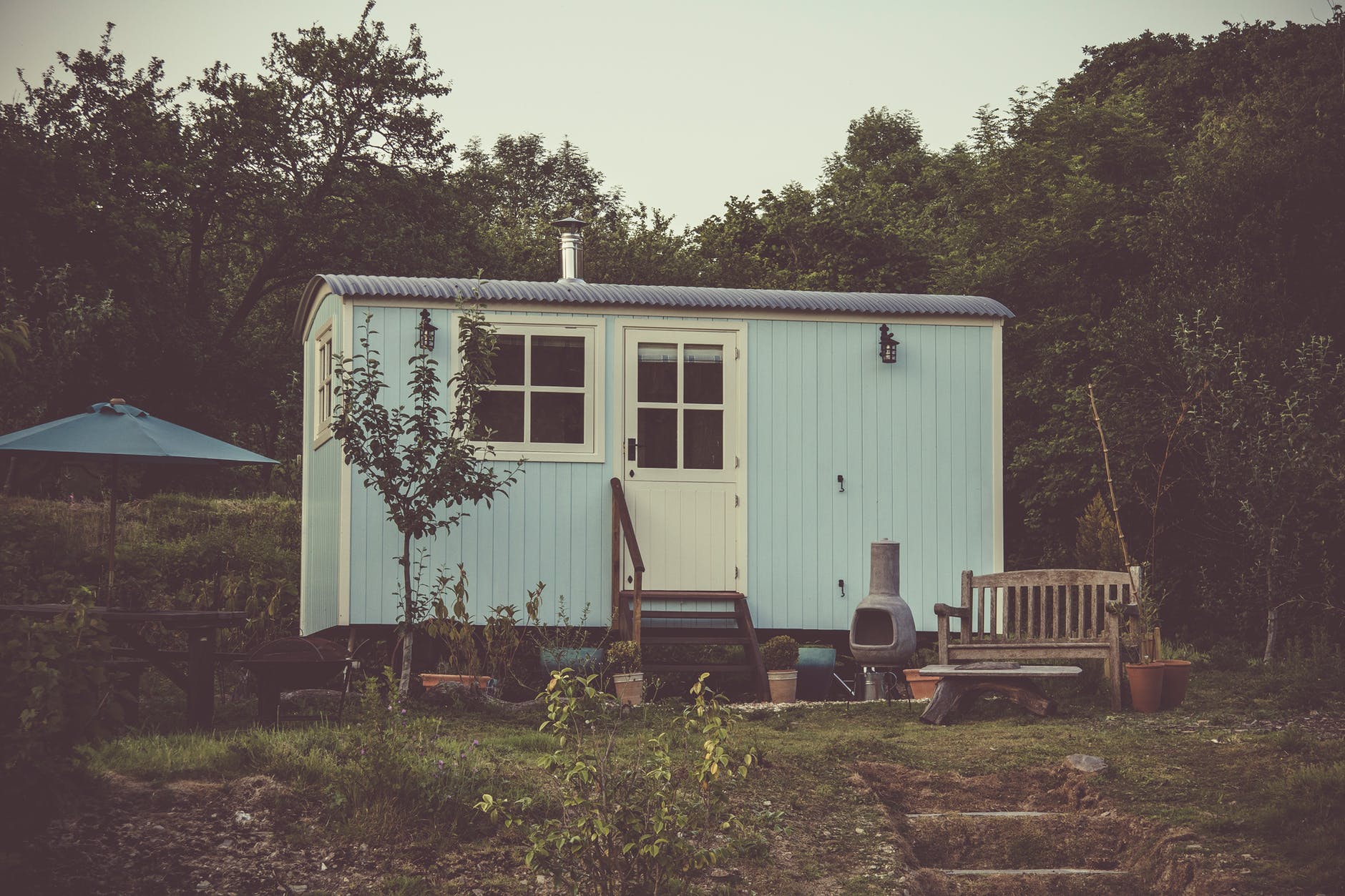
Photo by James Frid
Another major trend in sustainable housing is the “tiny house” movement. More and more people are turning away from conspicuous displays of wealth and choosing to build small – the smaller the better. Tiny (and sometimes mobile) homes are a great way to reduce the impact of a home on our planet.
Tiny houses, whatever is used in their construction, require fewer materials to build. They take up less land, and use less energy, water and other resources.
Downsizing to fit your life in a tiny home can also make you more mindful of the things you buy – and how little you really need – and we know that buying less in general is one of the best ways to move towards a greener and more ethical way of life.
Passivhaus design

Image from Passivhaus Institut
“Passivhaus” is a standard for design and construction with one aim: to reduce the energy needs of a home as much as possible
There are several ways of achieving this:
- by using passive energy sources such as sunlight, or human or appliance generated heat
- the size, shape and orientation of a home – including clever window placement!
- good heat retention and airtightness – using materials that catch the heat of the sun and then slowly release it
- natural ventilation
- heat recovery systems
Sustainable housing systems
Integrated water systems
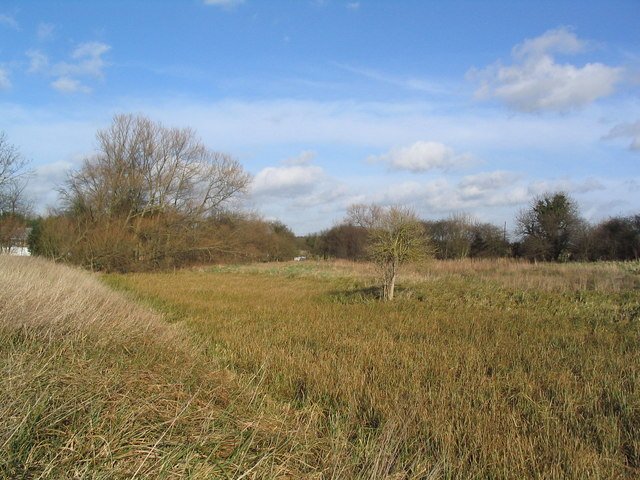
Photo by Tim Heaton
Another feature of many sustainable homes is that they incorporate water systems that are less wasteful – or even make use of the renewable resource of rainwater that falls on the roof. Many will catch and store rainwater for use in the home’s garden, while some go further, including systems which filter rainwater for use within the home!
Greywater (water from sinks and baths or showers) is sometimes also used to flush toilets, or passed to an eco-friendly reed bed filtration system (pictured above) before being used to grow food for a home’s inhabitants. Some homes reduce water waste even further, by replacing flushing toilets with a composting system.
Integrated food production
Many sustainable homes also consider the food needs of those who live in them, incorporating food-growing areas into the design. Even homes without garden areas can have greenhouses attached, or allow for food production on balconies or on the roof. Some innovative modern designs incorporate vertical gardening, with green walls which allow for food to be grown in cities – these work well even in the very smallest of spaces!
Over to you!
The materials, designs and systems outlined above are just some of the many facets of the dynamic and ever-growing field of sustainable housing: but they do begin to give us a picture of just what’s possible when we think more sustainably. We hope they inspire you to achieve your own sustainable housing dreams!
Featured image: Ouch.pics
Earth.fm is a completely free streaming service of 1000+ nature sounds from around the world, offering natural soundscapes and guided meditations for people who wish to listen to nature, relax, and become more connected. Launched in 2022, Earth.fm is a non-profit and a 1% for the Planet Environmental Partner.
Check out our recordings of nature ambience from sound recordists and artists spanning the globe, our thematic playlists of immersive soundscapes and our Wind Is the Original Radio podcast.
You can join the Earth.fm family by signing up for our newsletter of weekly inspiration for your precious ears, or become a member to enjoy the extra Earth.fm features and goodies and support us on our mission.
Subscription fees contribute to growing our library of authentic nature sounds, research into topics like noise pollution and the connection between nature and mental wellbeing, as well as funding grants that support emerging nature sound recordists from underprivileged communities.
